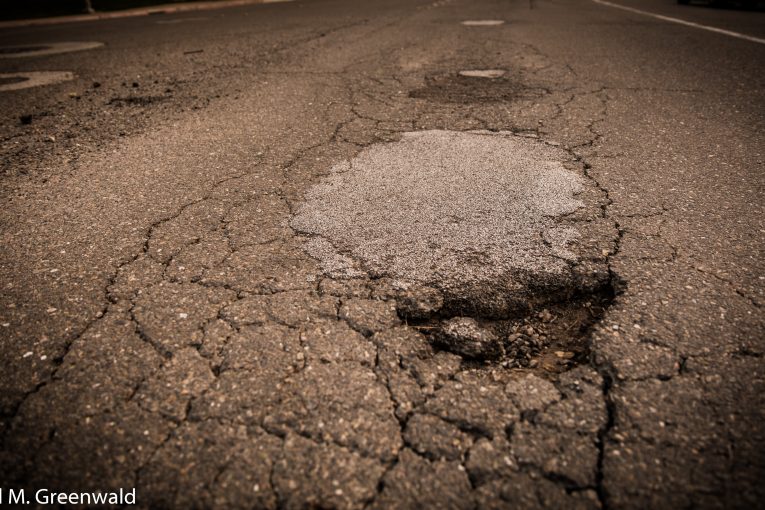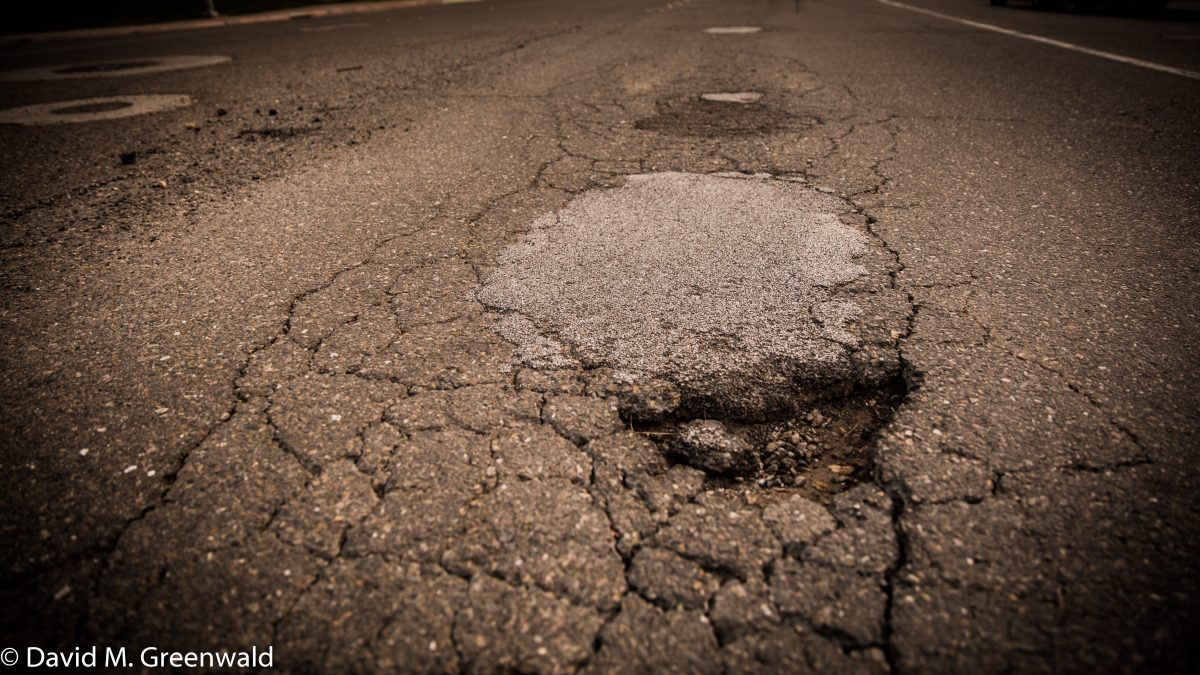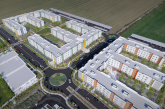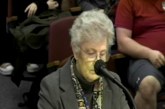

by David M. Greenwald
Over the last decade the city has taken steps to acknowledge and fund the extent of its road repair shortcomings. While those challenges remain no less daunting, the City’s Pavement Subcommittee led by Mayor Gloria Partida and Councilmember Dan Carson now believe that they can close that funding gap without a new revenue measure.
Prior to 2011, the city was funding road repairs on grant funding only. But in 2011, the council starting putting $1 million of general fund money into roads, and by 2013, after a report from Nichols Consulting, they adopted a funding strategy that allowed them to allocate roughly $4 million of local funds to road repair. With SB 1 funding, the city is currently allocating $5.2 million.
In January 2019, “staff presented the draft pavement management report to City Council and recommended that City Council consider ways to increase the annual pavement maintenance budget, which resulted in the formation of the City Council Fiscal Subcommittee.”
That committee is recommending the reprioritization of city funds over the next ten years to bring city roads to a PCI 63.
“The Subcommittee recommendations do not increase overall city expenditures but instead prioritize and redirect the use of existing city revenues to address a funding gap for road and bike path maintenance identified by city consultants,” the staff report notes.
In January, staff represented the current 2019 report prepared by Nichols Consulting Engineers.
The report once again raised concerns “about a decline in the condition of roads and bike paths documented in the PMP update draft report, and found that the city was underfunding its pavement  rehabilitation program.”
rehabilitation program.”
In a statewide assessment, it found that Davis “had the worst pavement condition of 13 local government agencies in our region and that its Pavement Condition Index (PCI) of 57 was well below the statewide average of 65.”
The subcommittee determined that there were a number of assumptions in the model that could be modified.
The staff report notes that there include: “the annual inflation rate in pavement rehabilitation costs, the “soft cost” project delivery cost (specifically, the assumed amount of contingency funding that should be built into the model), the addition of an inflation factor for SB 1 funding, and a change in bike path replacement material.”
Under the original assumptions, NCE estimated the cost of bringing PCI to 68 for bike path maintenance over a ten year period, would be $38.7 million but the city would “accumulate a $22.5 million backlog of projects at the end of the ten-year period.”
However, the revised model would achieve this with the cost of $12.2 million over ten years with a smaller remaining backlog of $8.2 million.
The new assumptions also allow for far smaller costs for road pavement maintenance.
The original assumption was that to bring PCI to 68 for roads would be, $79 million over ten years with another $65.9 million in deferred maintenance. These new estimates reduce the costs to $70 million with a smaller backlog of $53.1 million at the end of that period.
Staff reports, “These revised assumptions for roads and bike paths reduce the overall fiscal challenge facing the city by about $3.5 million per year on average over the next decade.”
Staff concludes: “While these updated estimates mean the problem is more manageable than previously estimated, they also indicate that the city still faces a significant funding gap for road and bike path maintenance over the next decade.”
The subcommittee proposes the following ten year plan:
- The city would stay the course on the previously approved City Council goal of improving pavement conditions for both roads and bike paths.
- A $31 million funding gap to achieve this goal would be addressed by (a) taking into account new monies that are already going towards pavement rehabilitation efforts, (b) investing additional General Fund monies for this purpose after the current recession is over, (c) directing a modest share of uncommitted special funds to road and bike path pavement rehabilitation projects and (d) doing the same with community enhancement funds generated by development projects.
- City tax rates would not be increased. However, some additional revenues generated from economic development efforts would be directed to road and bike path repair.
- No currently budgeted program or infrastructure project would lose funding because of the adoption of this plan. The ramp-up of road and bike path rehabilitation work would still allow other important transportation infrastructure and repair projects to proceed, although this reprioritization of funding could slow the funding of new programs or projects.
The subcommittee notes: “We propose a balanced approach that ensures that significant new resources would remain available in the future for new high-priority transportation improvements such as improved Safe Routes to School for bicyclists and pedestrians as well as for repairs of the other types of transportation infrastructure like traffic lights.
“Given the concern expressed by the City Council in January that the City of Davis now has the worst roads in the region, we believe the choice to invest more heavily in its critical transportation infrastructure is reasonable and necessary.”
The subcommittee notes that this will allow the council to retain the goal of improving the current PCI to 63. The NCE report recommended that this goal be changed to “seek to maintain the current pavement condition of 59 instead of seeking an improvement at this time.”
The Pavement Subcommittee recommends instead that “the council maintain its current commitment to improving the condition of both street and bike path infrastructure, and to keep the same targets it previously adopted.”
They believe they can do this while lowering the projected $118 million in costs to $82 million.
They make one more revision, “We recommend one further adjustment that modestly increases the cost of the proposed ten-year plan to $84 million – an assumption that Portland concrete cement would be used on a targeted basis for specific bike path routes where reconstruction with such building materials would be particularly beneficial.”
The NCE model assumes no use of Portland concrete cement because “its high cost would result in the completion of very few projects, create a large backlog of bike path rehabilitation projects, and dramatically drive up the eventual costs of completing that backlogged work.”
However, based on this revision, the subcommittee “recognized that projects to renovate particular bike path routes – for example, those prone to disruption by tree roots or drainage issues – might be good candidates for Portland concrete cement.”
—David M. Greenwald reporting
Support our work – to become a sustaining at $5 – $10- $25 per month hit the link:







Heartening to hear that the subcommittee was able to find creative ways to start addressing the significant transportation liabilities facing the City of Davis. Even with their efforts, however, the needs are still substantial and will require additional sources of revenue to adequately address. One of the important ways they are able to find funds is through economic development. Measure B and the Davis Innovation and Sustainability Campus is expected to generate a $5 million annual budget surplus for the City of Davis and will generate more than $75 million in funding for transportation and roadway improvements. Vote Yes on Measure B for economic development to support and restore Davis roadway and transportation infrastructure. To learn more, you can visit http://www.davisforb.com